Build and operate multicloud FaaS with enhanced, intelligent end-to-end observability
Dynatrace
APRIL 25, 2023
For example, to handle traffic spikes and pay only for what they use. These functions are executed by a serverless platform or provider (such as AWS Lambda, Azure Functions or Google Cloud Functions) that manages the underlying infrastructure, scaling and billing. Scale automatically based on the demand and traffic patterns.





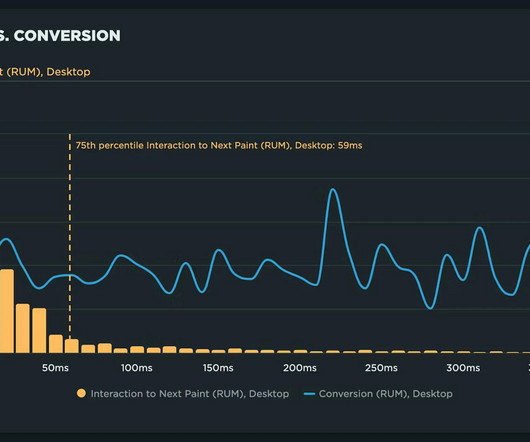






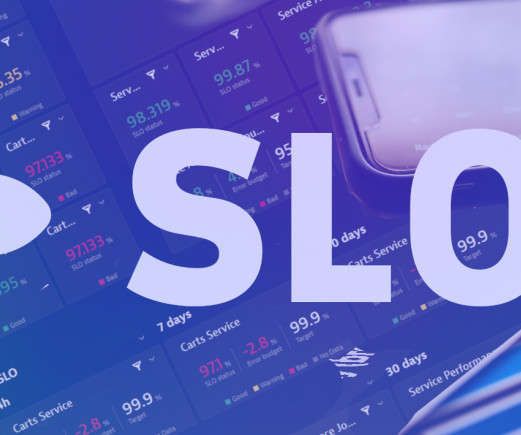


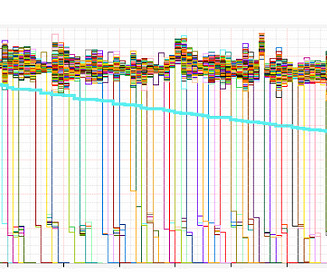
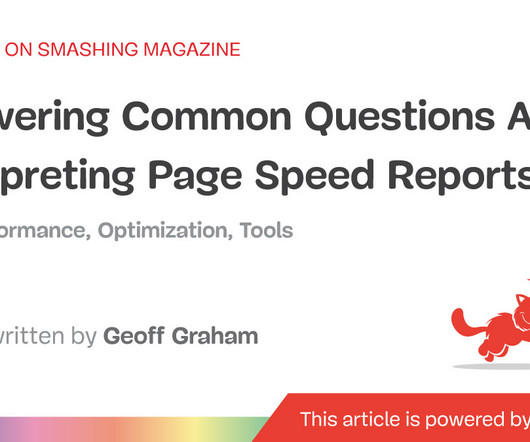


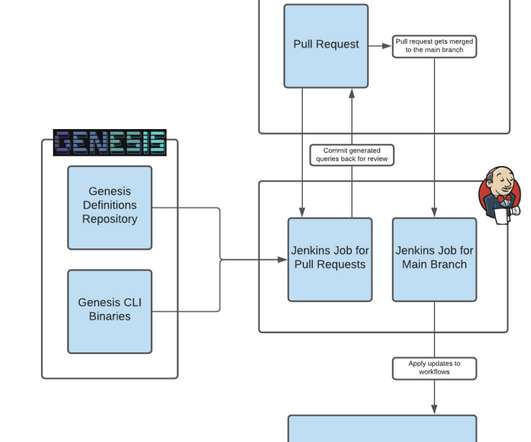
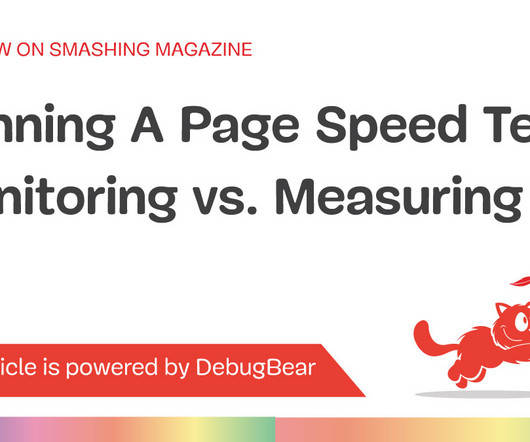


















Let's personalize your content